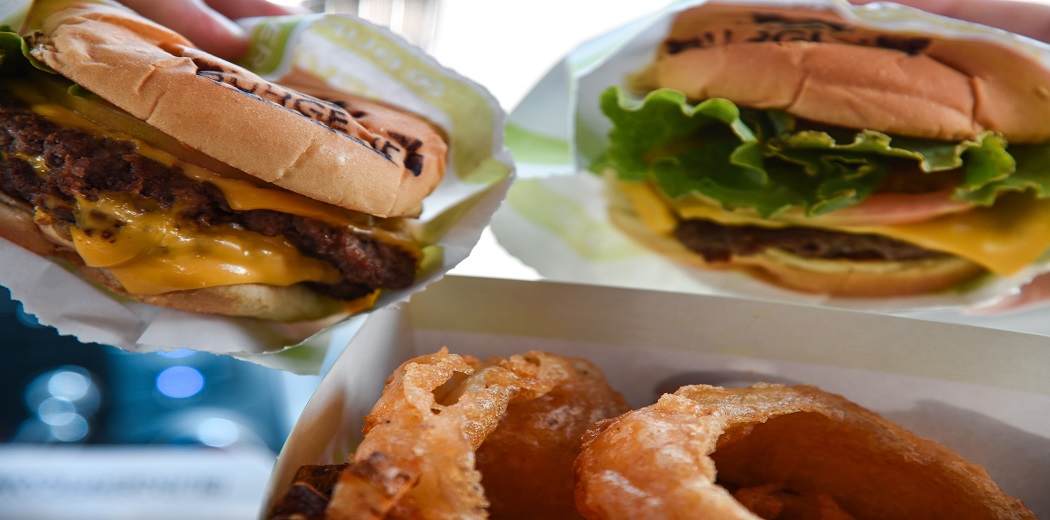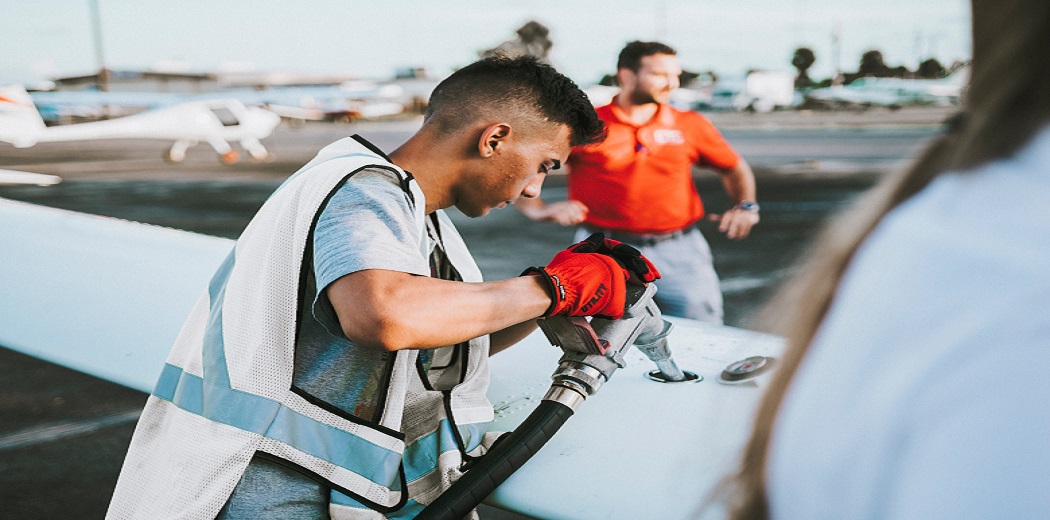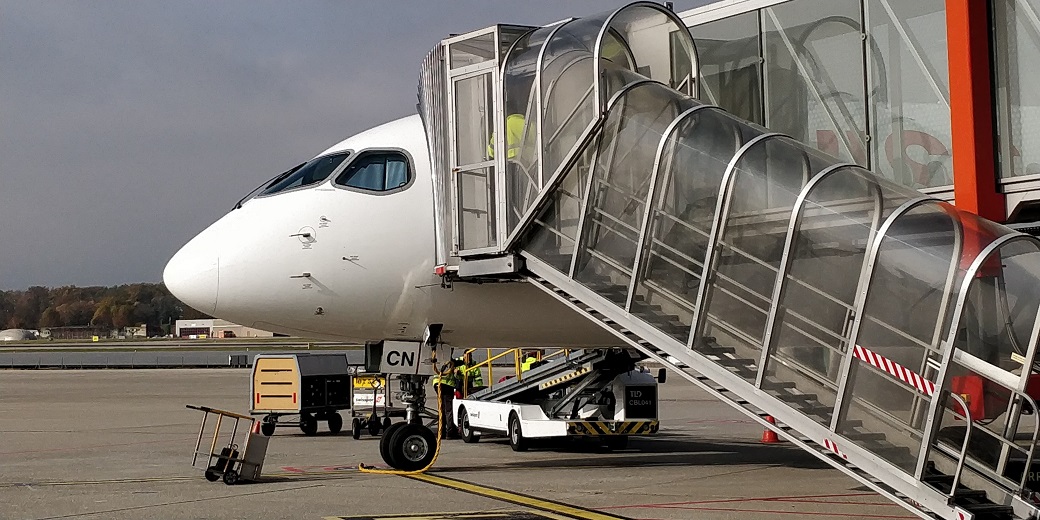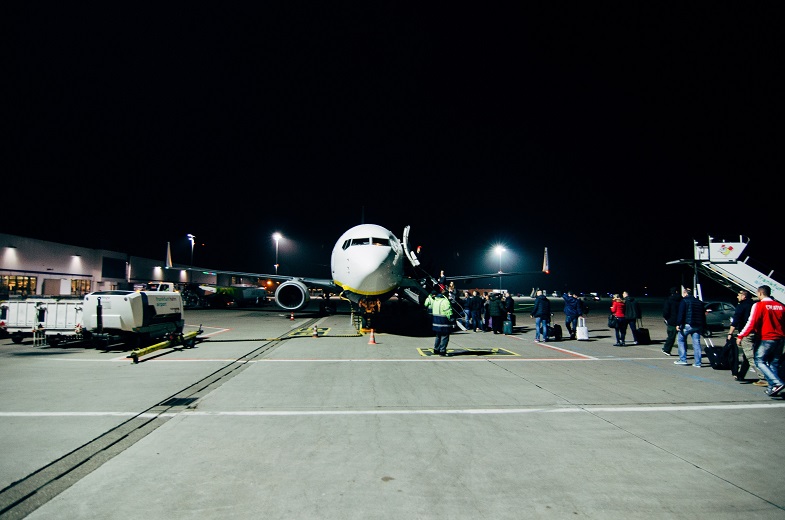How Aviation Industry Uses Data Science?
Aviation Industry does use AI or rather data science and machine learning to automate or speed up operations. So, in this article, we will see how Aviation Industry uses Data Science with the help of real-life use cases.
Revenue Management And Route Planning
Understanding traveler demand for specific city pairs and pricing flights are among the main problems airlines solve to survive. To do that carriers must consider thousands of factors when analyzing data. While analysts still can use traditional statistical approaches.
Data science allows for more sophisticated ways to accomplish demand analysis. IATA suggests that airlines can use traveler behavioral data, abandon searches on the online travel agents, and metasearch sites or social media chatter can help define leisure demand.
Data from professional networking sites recruitment and procurement activities may signal emerging business travel destinations. In a 2017 showcase for airlines, Skyscanner used machine learning-based clustering to the group about 50,000 origins and destinations by similarities. They considered about 30 parameters like the month of travel, the time a reservation is made, how long people stay at the destination, and many more.
Some events like festivals conferences or expos, drive short-term spikes in demand so revenue teams can rely on event data to raise fares for specific routes and dates to benefit from rising demand. Aviation ranked by Predict HQ uses ranking algorithms that match historical flight bookings with event data to reveal how much a given event may affect traveler demand.
In-flight Sales And Food Supply
Some people never order airplane meals so the airline supply management specialists must estimate how many snacks and drinks they onboard to deliver to food eaters without being wasteful. EasyJet CEO John Lundgren tossed the data science team to analyze the demand for food items.
Depending on a route the team learned that demand for items on a 6:00 a.m. flight to Edinburgh is very different from that of a Friday night flight to Ibiza. So, the jet was throwing three fresh food items in the trash after each flight or nearly 800,000 annually. John Lundgren noted that such a mistake cost the carrier millions of pounds. Eventually, data scientists created a new algorithm for demand prediction the insights helped the airline save a significant amount of money and do the right thing for the environment.
Fuel Consumption And Optimisation
Carbon emissions increased by 32% over the past five years. That’s why aircraft manufacturers and airlines are looking for ways to improve their fuel efficiency. In 2018 airlines spent 23.5% of total expenses on jet fuel. to become more fuel-efficient an airline must accurately predict how much fuel it needs for every scheduled flight to supply a plane the best scenario is to have a single analytical tool.
Southwest Airlines worked on such a solution in its fuel consumption project. The team developed 8 predictive models that included time series algorithms and neural networks the system could produce 9600 fuel consumption forecasts for each month. It generates forecasts for a 12-month horizon and considers such influencing factors as fuel price, number of trips, and time to make predictions much more accurate.
Boarding And Checking Bags With Facial Recognition
Airlines use this biometric technology as a boarding option. The equipment scans travelers’ faces and matches them with photos stored in border control agency databases. These can be photos from passports visas or other travel documents.
Here’s how it works, travelers first gain themselves and then their passports at self-service then proceed to check-in their backs with a scanner. This technology allows for creating a seamless travel experience that’s faster and safer. Delta Airlines opened a biometric terminal at the Atlanta Airport.
In the summer of 2019, Delta introduced facial recognition in another Atlanta Airport terminal as well as in Minneapolis, Detroit and other airports that are 49 more gates equipped with facial recognition software travelers seem to like the new boarding option. Delta surveyed customers at Atlantic terminal and discovered for instance that 70% of them found the biometric boarding experience appealing and 72% favored it over the traditional one.
Preparing Plane For Next Flight
Sometimes we have to wait at the gate to get on a plane when an aircraft isn’t ready for boarding and departure maybe a catering truck is late or the cleaning team is busy with a different jet. In 2018 U.S. passenger airlines were losing on an average of $74.29 per minute, due to delays. The US Department of Transportation calculated that delays caused by plane servicing accounted for 5.8 percent of all delayed flights.
Assaia, a startup that provides software that processes video streams from airfields using image recognition algorithms. Neural networks that power the software recognize objects’ movements and interactions. Airline employees can monitor in real-time how the plane is being prepared for the next flight including fueling, cargo loading, or catering delivery so they can decide whether they need to take measures or not.
Lufthansa systems address the same problem with its deep turnaround solution. The IT service provider for the aviation industry opened its subsidiary zero-g to work on its AI initiatives. The solution also analyzes video data and updates users on what’s going on during airplane services in real-time airlines.
Use of data science and machine learning to evaluate passenger demand across different routes, use data insights to optimize aircraft ground handling and fuelling or redefine passengers airport experience with biometric boarding with new distribution technologies we may expect airlines to start personalizing offers for individual travelers based on their preferences and willingness to pay.
So, these were the real-time use cases in the Aviation industry. Hope you liked it!
Thank You for reading!
Connect with me on:
Twitter: https://twitter.com/aree_yarr_sharu
Linkedin: https://t.co/g0A8rcvcYo?amp=1
The media shown in this article on Data Science in Aviation Industry are not owned by Analytics Vidhya and is used at the Author’s discretion.















Amazing and useful content. Thanks for sharing!